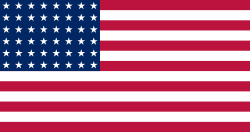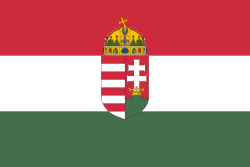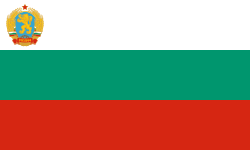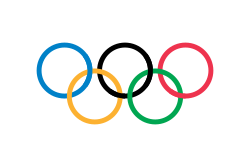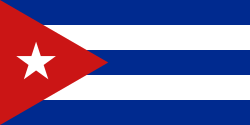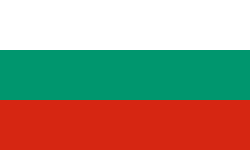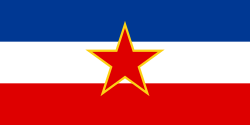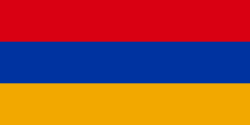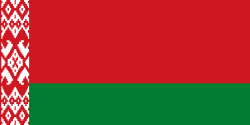Celal Atik
| Celal Atik | |
|---|---|
 Celal Atik (první zleva) na stupních vítězů LOH 1948 | |
| Osobní informace | |
| Datum narození | 1920 |
| Místo narození | Gürdan, provincie Yozgat |
| Datum úmrtí | 27. duben 1979 |
| Místo úmrtí | Ankara |
| Některá data mohou pocházet z datové položky. | |
| Přehled medailí | ||
|---|---|---|
| zlato | LOH 1948 | do 67 kg |
| Mistrovství světa v zápasu ve volném stylu | ||
| zlato | MS 1951 | velterová váha |
| Mistrovství Evropy v zápasu ve volném stylu | ||
| zlato | ME 1946 | lehká váha |
| zlato | ME 1949 | velterová váha |
| Mistrovství světa v zápasu řecko-římském | ||
| stříbro | MS 1950 | velterová váha |
| Mistrovství Evropy v zápasu řecko-římském | ||
| bronz | ME 1947 | lehká váha |
Celal Atik, původním jménem Celal Doğan (asi 1920 Gürdan – 27. dubna 1979 Ankara) byl turecký zápasník, který patřil do světové špičky v zápase řecko-římském i ve volném stylu. Soutěžil v lehké a velterové váze. První titul mistra Turecka vybojoval v roce 1938. Získal titul mistra Evropy ve volném stylu v letech 1946 a 1949, stal se olympijským vítězem v roce 1948 a mistrem světa v roce 1951, v řecko-římském zápase získal stříbrnou medaili na MS 1950 a bronz na ME 1947.[1] V letech 1955 až 1979 byl trenérem turecké zápasnické reprezentace, působil také jako expert Mezinárodní zápasnické federace. Je nositelem Řádu čestné legie.[2] Je po něm pojmenována sportovní hala v Izmiru.
Reference
- ↑ Sports reference Dostupné online Archivováno 18. 4. 2020 na Wayback Machine.
- ↑ Hürriyet Daily News Dostupné online
Externí odkazy
 Obrázky, zvuky či videa k tématu Celal Atik na Wikimedia Commons
Obrázky, zvuky či videa k tématu Celal Atik na Wikimedia Commons - Celal Atik v databázi Olympedia (anglicky)
Média použitá na této stránce
Olympic Rings without "rims" (gaps between the rings), As used, eg. in the logos of the 2008 and 2016 Olympics. The colour scheme applied here was specified in 2023 guidelines.
Olympic Rings without "rims" (gaps between the rings), As used, eg. in the logos of the 2008 and 2016 Olympics. The colour scheme applied here was specified in 2023 guidelines.
US Flag with 45 stars. In use 4 July 1896–3 July 1908. Created by jacobolus using Adobe Illustrator, and released into the public domain. This flag was used during the Spanish-American War.
US Flag with 45 stars. In use 4 July 1896–3 July 1908. Created by jacobolus using Adobe Illustrator, and released into the public domain. This flag was used during the Spanish-American War.
Finská vlajka
US Flag with 48 stars. In use for 47 years from July 4, 1912, to July 3, 1959.
Flag of Hungary, from 6 November 1915 to 29 November 1918 and from August 1919 until mid/late 1946.
Autor: Scroch, Licence: CC BY-SA 4.0
National Flag of the People's Republic of Bulgaria (1948-1968). Tha flag has got the coat-of-arms from 1948
(c) I, Cmapm, CC BY-SA 3.0
The flag of the Soviet Union (1955-1991) using a darker shade of red.
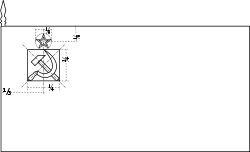
(c) I, Cmapm, CC BY-SA 3.0
The flag of the Soviet Union (1955-1991) using a darker shade of red.

Olympijská vlajka
Flag of Iran. The tricolor flag was introduced in 1906, but after the Islamic Revolution of 1979 the Arabic words 'Allahu akbar' ('God is great'), written in the Kufic script of the Qur'an and repeated 22 times, were added to the red and green strips where they border the white central strip and in the middle is the emblem of Iran (which is a stylized Persian alphabet of the Arabic word Allah ("God")).
The official ISIRI standard (translation at FotW) gives two slightly different methods of construction for the flag: a compass-and-straightedge construction used for File:Flag of Iran (official).svg, and a "simplified" construction sheet with rational numbers used for this file.
Flag of the Socialist Federal Republic of Yugoslavia (1946-1992).
The design (blazon) is defined in Article 4 of the Constitution for the Republic of Yugoslavia (1946). [1]
Georgian flag in Pantone MS.
This is the national flag of Belgium, according to the Official Guide to Belgian Protocol. It has a 13:15 aspect ratio, though it is rarely seen in this ratio.
Its colours are defined as Pantone black, Pantone yellow 115, and Pantone red 032; also given as CMYK 0,0,0,100; 0,8.5,79,0; and 0,94,87,0.Vlajka České republiky. Podoba státní vlajky České republiky je definována zákonem České národní rady č. 3/1993 Sb., o státních symbolech České republiky, přijatým 17. prosince 1992 a který nabyl účinnosti 1. ledna 1993, kdy rozdělením České a Slovenské Federativní republiky vznikla samostatná Česká republika. Vlajka je popsána v § 4 takto: „Státní vlajka České republiky se skládá z horního pruhu bílého a dolního pruhu červeného, mezi něž je vsunut žerďový modrý klín do poloviny délky vlajky. Poměr šířky k její délce je 2 : 3.“
Flag of South Korea (1949-1984)
State Flag of Iran, 1933-1964
Autor: Scroch, Licence: CC BY-SA 4.0
National Flag of the People's Republic of Bulgaria (1948-1968). Tha flag has got the coat-of-arms from 1948
Celal Atik and Hermann Baumann at the London Olympics




